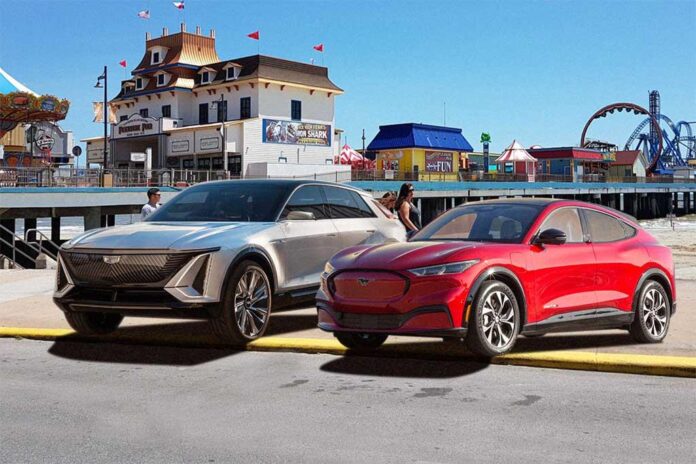
America has been one of the earth’s most significant homes for combustion engines for several years. This country is a formidable force in the auto or car industry and has paved the way for several innovations for years now.
However, the world is changing today, and greener innovations to curb the menace these combustion engines have posed on the earth’s climate have become an essential topic of deliberation in recent years.
As expected, America is a leading nation in this charge and has a target to hit a net zero by 2050. If this goal is accomplished, specific changes must come on the scene to affect this target.
Cars emissions contribute primarily to the release of harmful gases into the earth’s atmosphere, thus deteriorating the global climate condition. It is simply wise that this release is curbed by an alternative fuel source for cars and other transport vehicles.
Opting for an alternate fuel source for these cars will mean extinction of combustion engines. Notwithstanding, this rapid move will affect several automobile manufacturing companies in the United States of America. These companies have based their lives on manufacturing and selling spare parts for their cars.
With a rich car culture in the country, it is important to use a reliable parts supplier which is able to supply genuine car parts https://sts-global.com/car-parts around the globe.
If these companies fail to move with these changes in due time, they may be forced to leave the game for the greener automobiles to come on the scene and salvage the planet.
What these changes mean for America
In 2017, vehicles in the USA, as a single entity, gave off the largest amount of harmful gases. As example – Arlington, Texas is considered the biggest city in America with no trace of public transportation. However, this city has about 410,000 persons with privately-owned cars, contributing negatively to the global climate by their emissions.
This phenomenon of spiking emission in its nation is about to change as America is obligated to fulfill its obligation to the global climate treaty. Its obligation involves taking necessary steps to reduce the harmful release of dangerous gases from automobiles to 50% of what the numbers were in 2005 and hit emission level of net-zero by 2050.
These goals seem achievable but will the ever-rising need for cars help matters? Because this country rests on great histories and policies that have shaped its people for years, it will be unfair to blame the people for the current menace. They are simply following the pattern set in place.
An excellent way to reach these goals for 2030 and 2050 will be to educate the people often about the deteriorating global climate condition and the role we have played and are still playing.
Secondly, incentives will also help to re-navigate the people’s minds to opt for electric automobiles, which will help reduce the current menace it contributes to the earth’s warming.
These approaches will involve massive investment as seen in other continents like Asia and also in European countries, where alternate means of transport or movement, such as bikes and friendly public transportations, are rampant.
The rise of electric cars in America
American politicians are currently introducing electric cars and vehicles into the country. Specific policies are already in place to make this move a reality.
Electrifying vehicles in America is also a top priority for Joe Biden, the President. He seeks to push in almost $180bn (£130bn) into the country’s insurgence of electric autos.
This President’s has a target to ensure that at least 50% of the new vehicles sold in the country by 2030 will have zero emissions. This move is quite an uplift because in the United States of America today, there is a paltry sum of about 2.1% of cars with no emissions.
Furthermore, reports from the climate analysis non-profit Climate Action Tracker show that closer to 100% of new cars in America will have zero emissions by 2030. This uplift helps America align with the Paris Agreement.
Establishing the preponderance of Electric automobiles in and around the US will be a great addition to all and sundry.
In essence, both the manufacturing and the lifetime carbon footprint of electric vehicles is much lower than what is obtainable from cars that run on gasoline.
Beyond America, this statement also applies to other countries except for countries that obtain energy from other sources such as coal burning.








